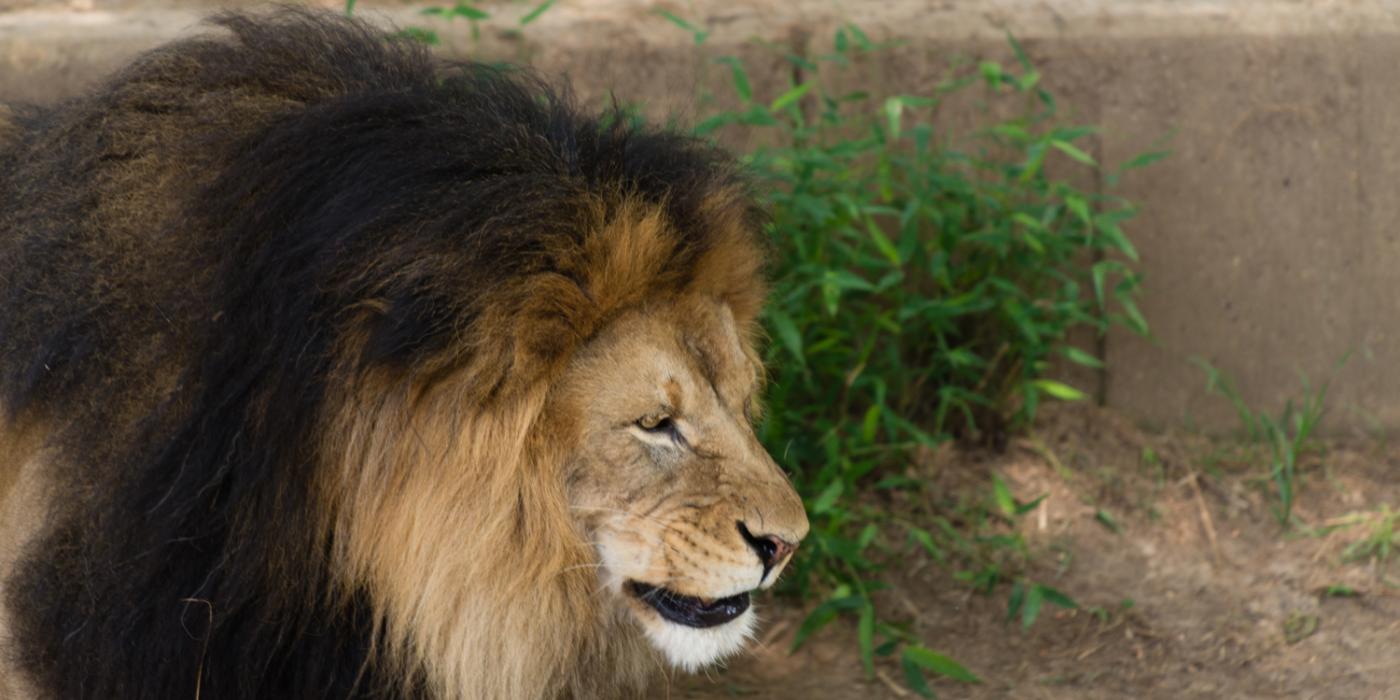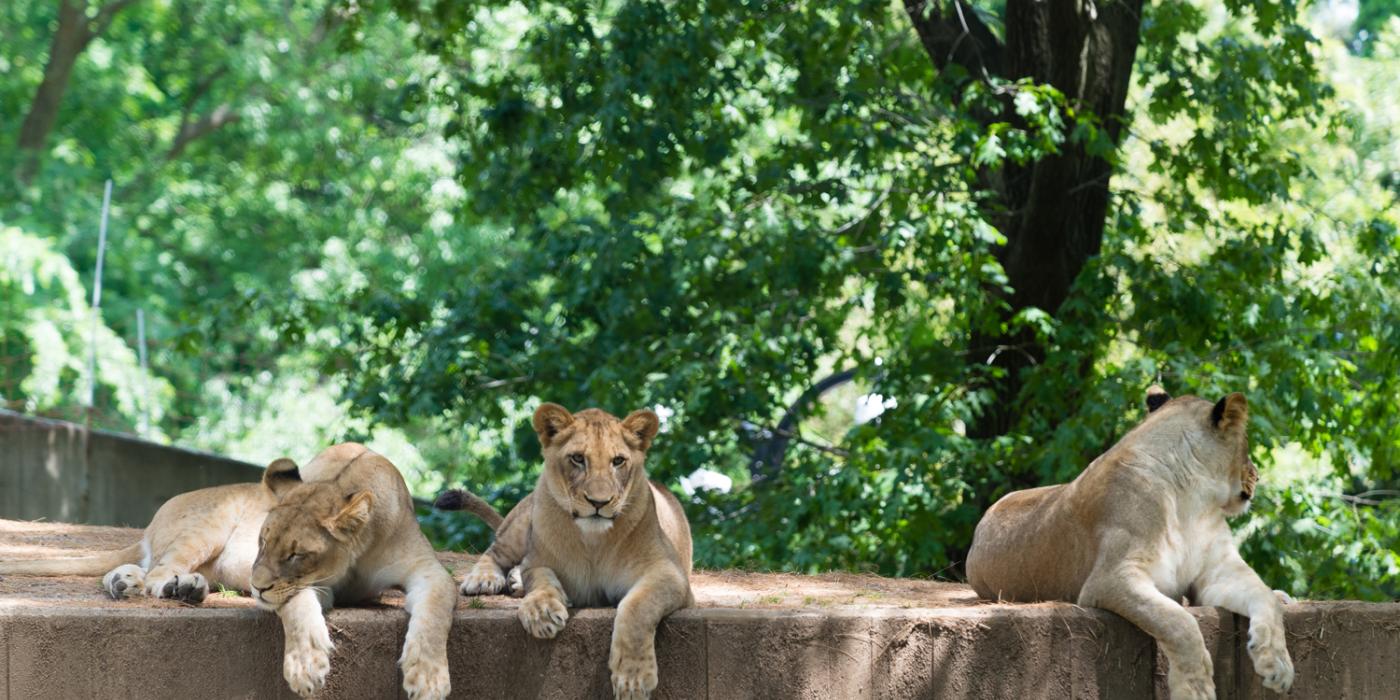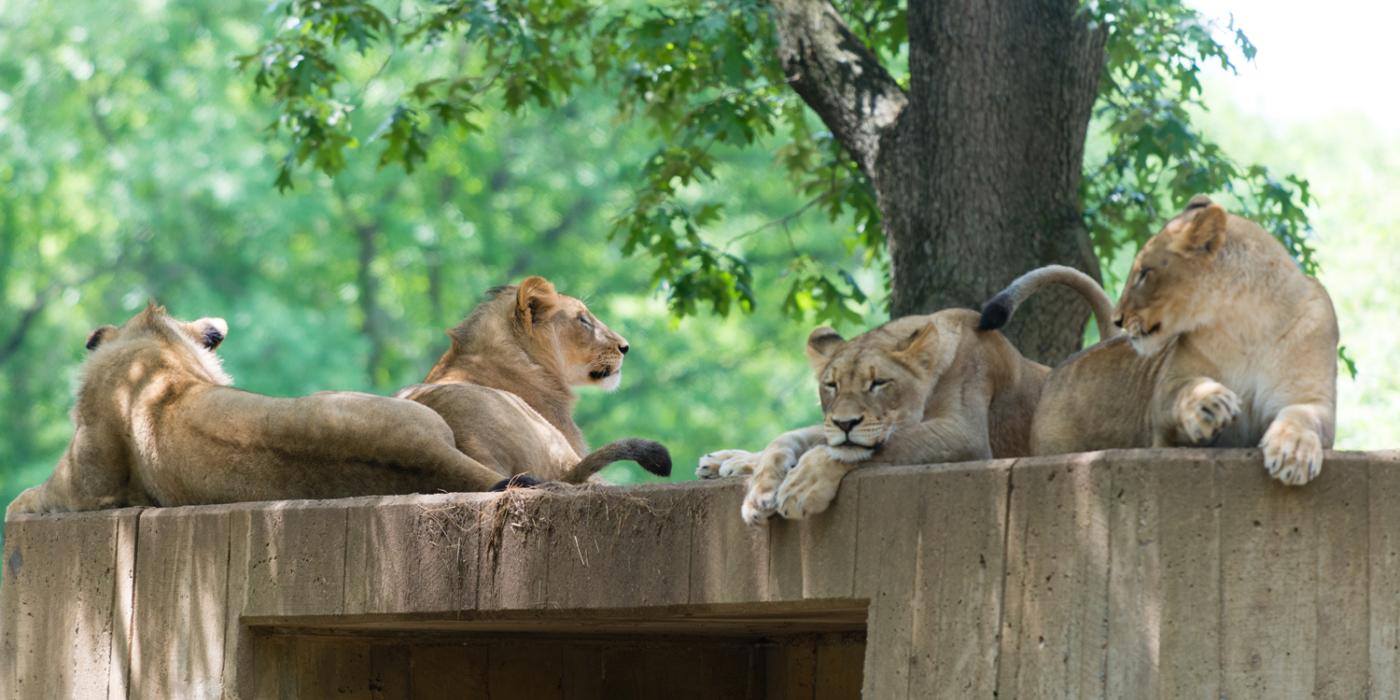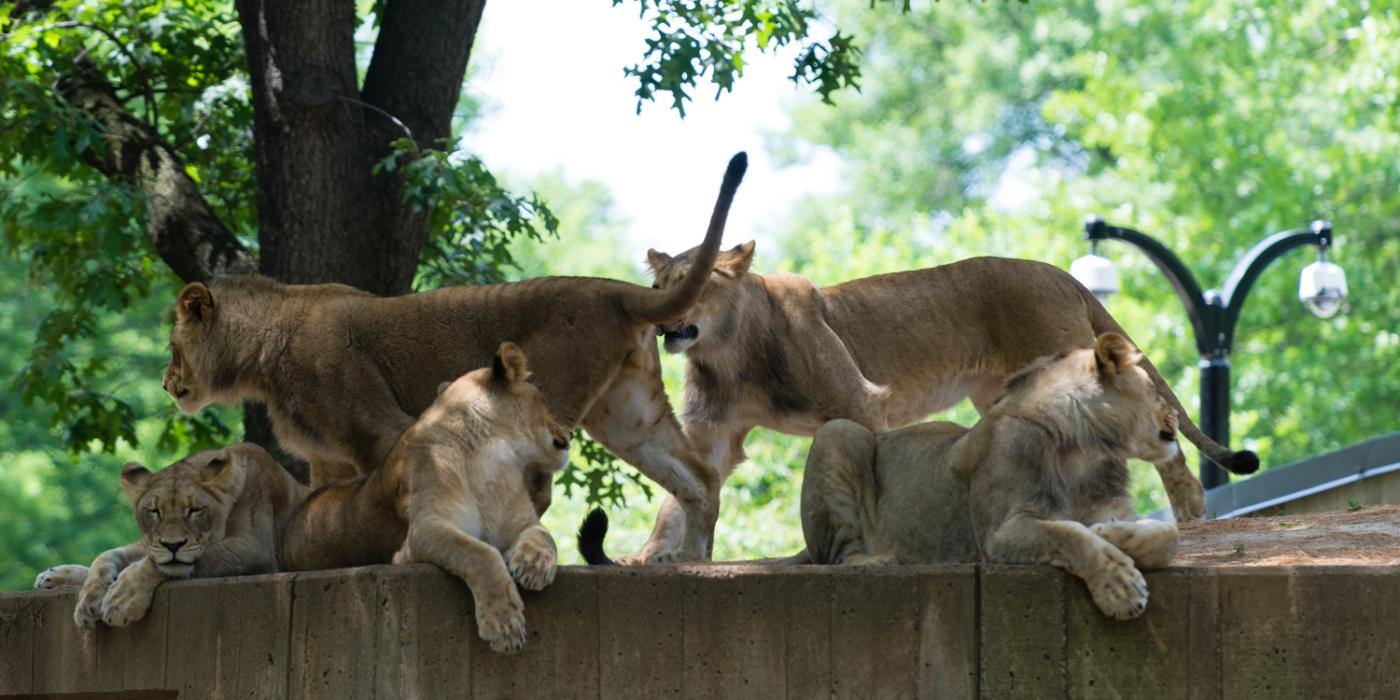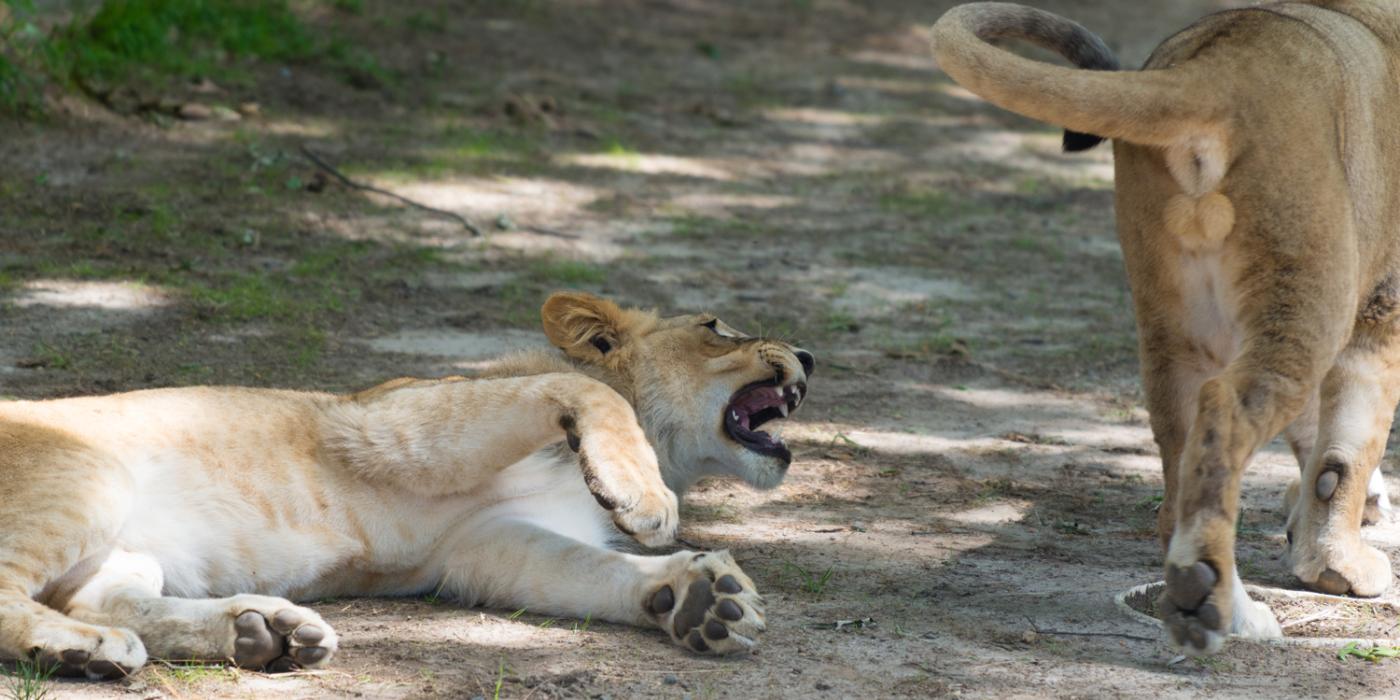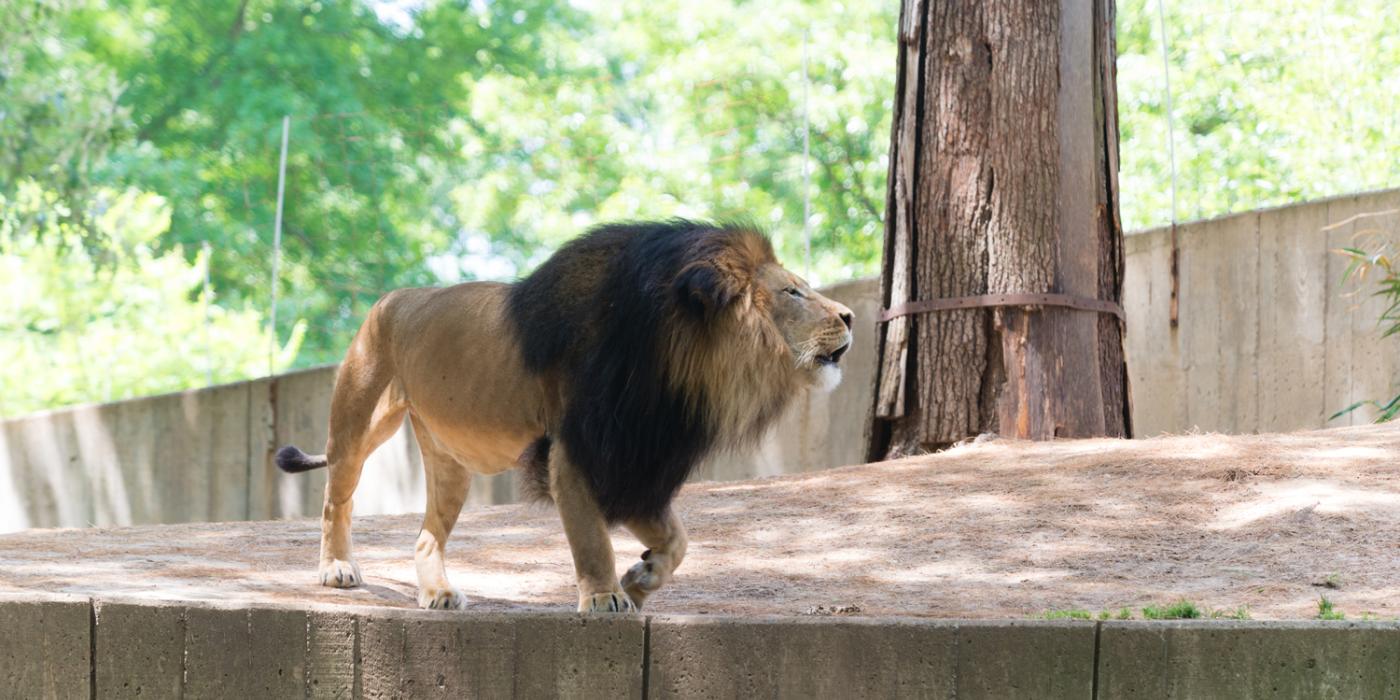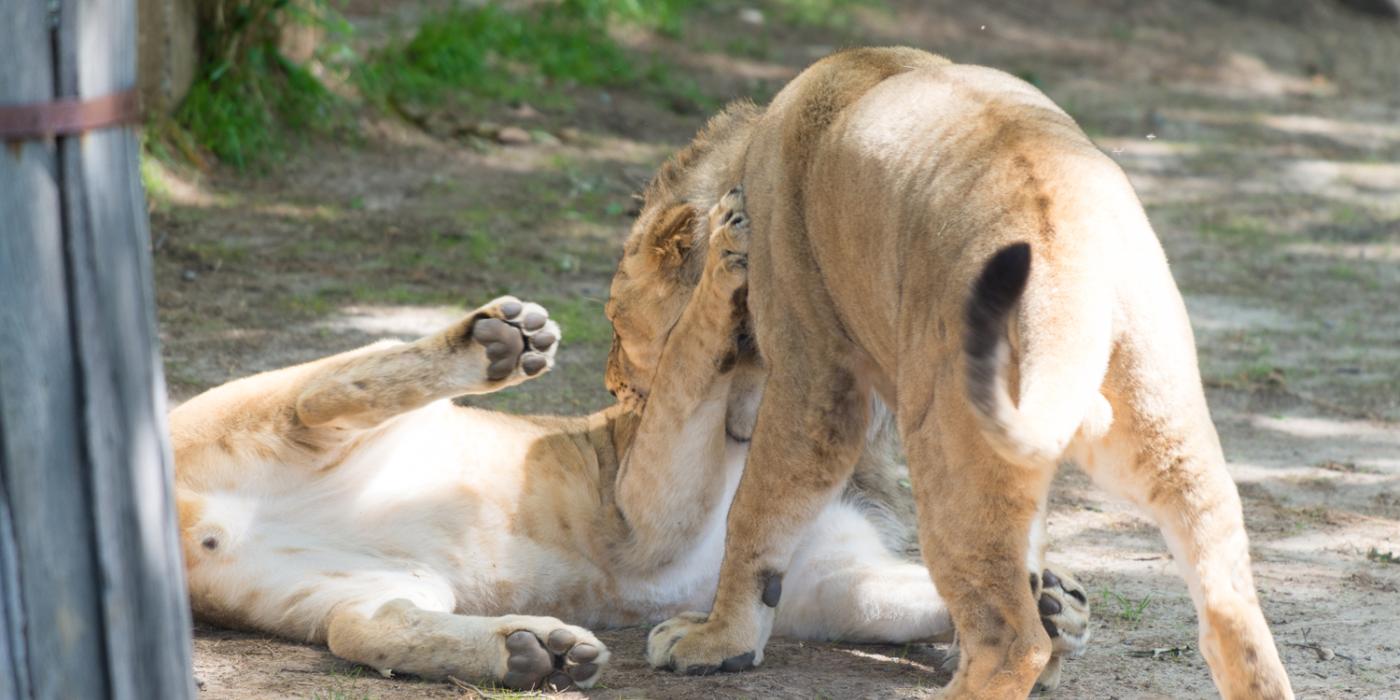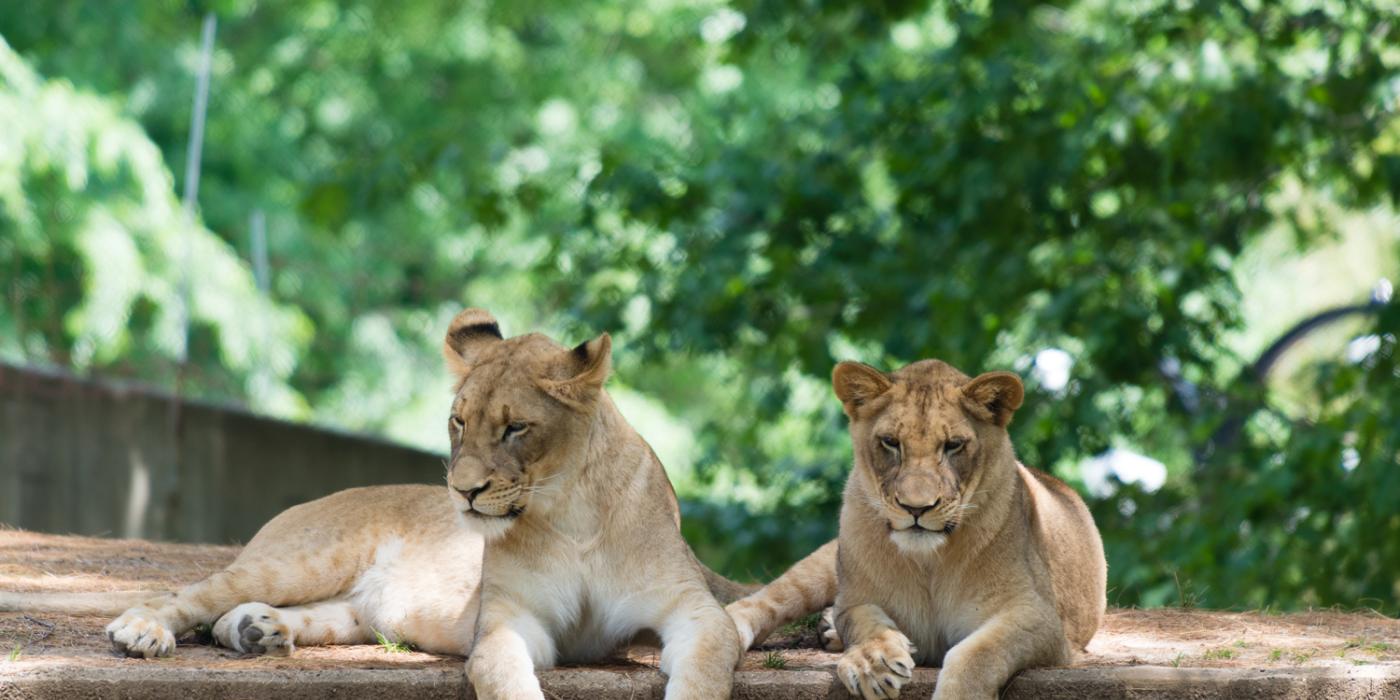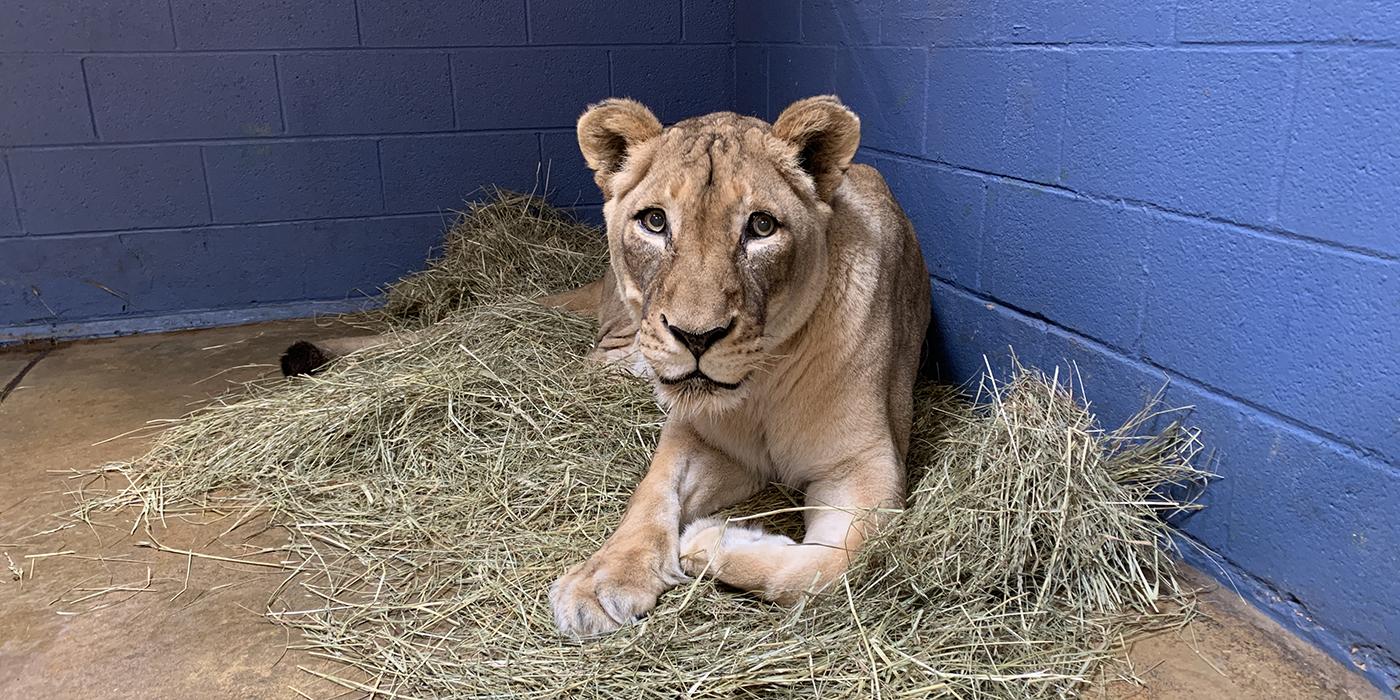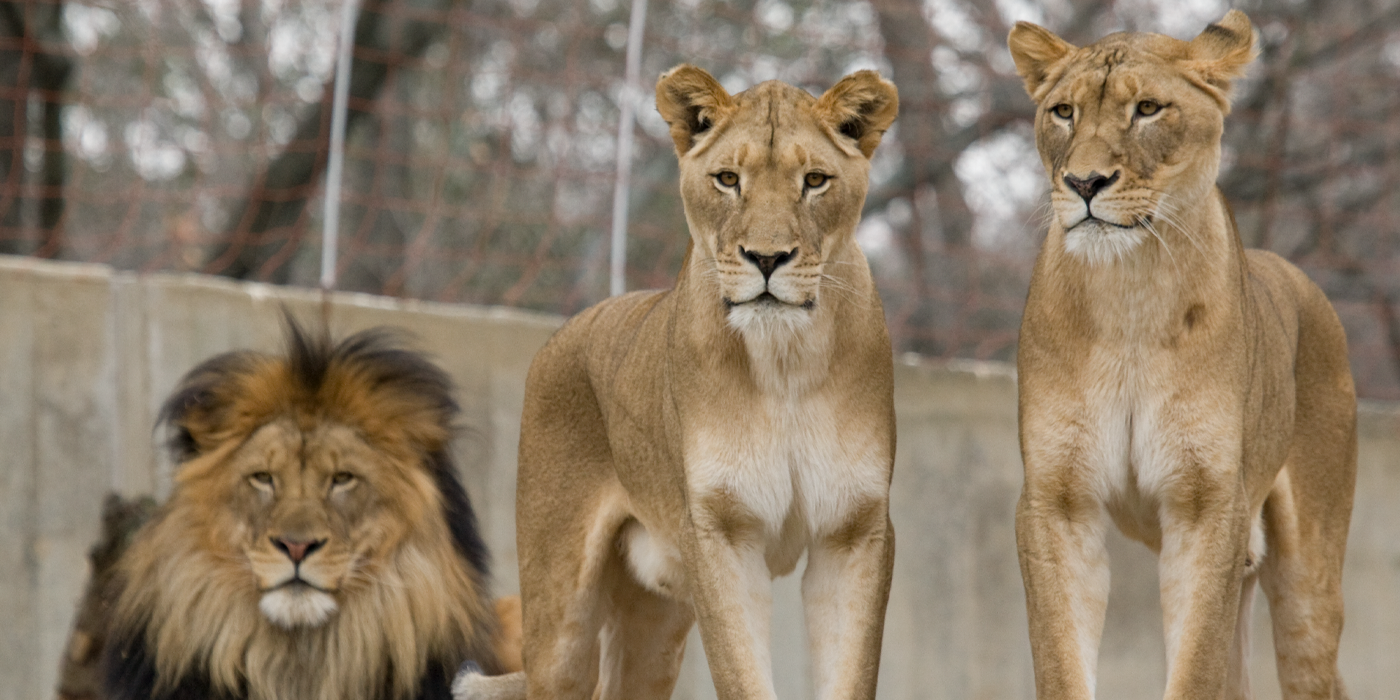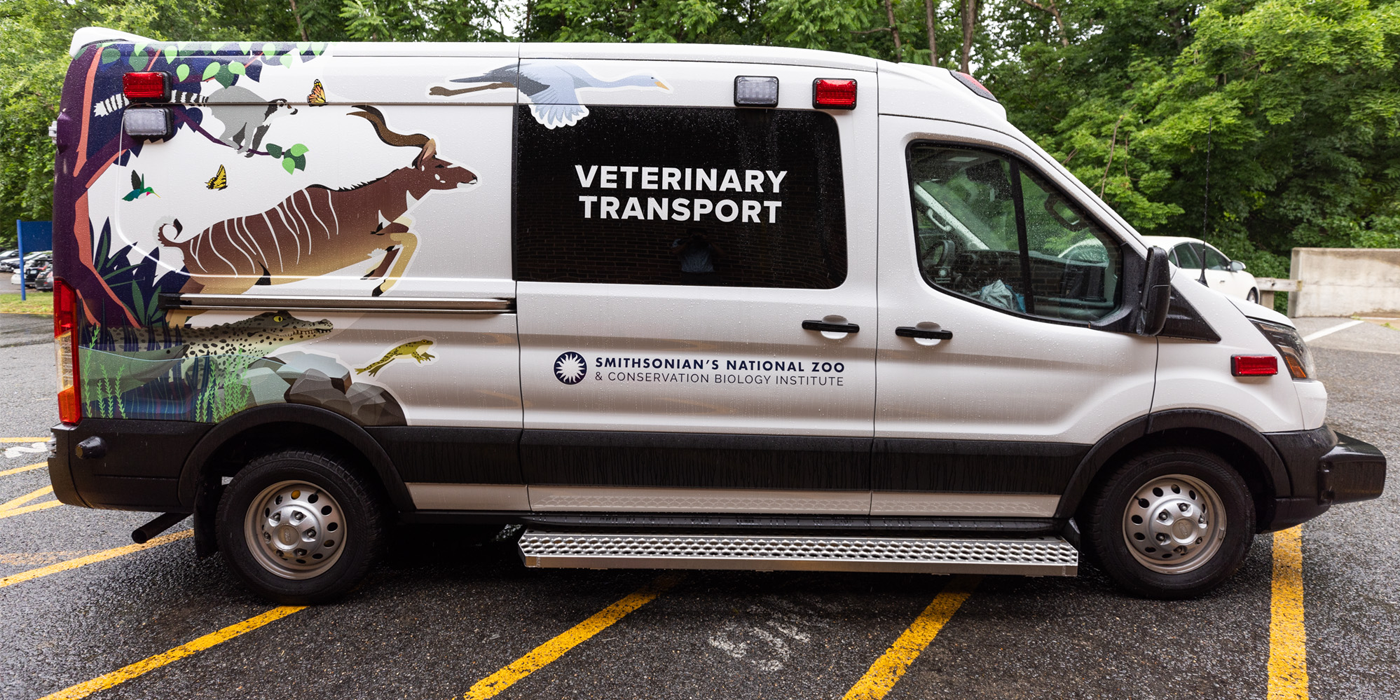Lion Cub Q&A: May 27, 2015
What does it take to keep up with a sextuplet of juvenile African lions? In the latest Keeper Q & A, Rebecca Stites and Kristen Clark dish on the cats' quirky personalities, training triumphs, and big changes to come.
As the cubs grow, how do they behave toward their parents and each other?
The juvenile lions challenge their mothers, Naba and Shera, occasionally, but they are very eager to please them as well. They seek out attention and approval from their mothers quite frequently. However, sometimes we see them protesting loudly at their mothers if they're not in the mood to be groomed.
A few months ago, Luke began demonstrating a new behavior that we didn't observe with his previous litters of cubs: when we call the cubs inside the building, Luke will wait until there is just one or two left in the yard, and then chase them around. It almost seems to have become a game for him.
One day, Luke chased Eva, and she shocked Luke by turning around and going back after him. His face was priceless! After a while, the cubs started helping each other out by playfully tackling Luke during his little game. In recent weeks, the behavior has dwindled a bit though. Perhaps it's not as much fun now that the cubs are getting so big.
We're starting to gradually separate the juvenile males from the pride. At this point we're separating the males from the females during their meals and overnight. Before the end of next month, we plan on having them separated from the pride completely. They will remain in a coalition with their father until the time comes to separate individuals or pairs for transport to other zoos.
Do the lions have favorite enrichment toys?
We recently started offering new bungee enrichment and hanging toys inside the lion building. We are working on tweaking the toys to decrease the cats' ability to destroy them during a single play session, but so far they are having a ball! Literally—having a ball. A ball is suspended from a cable in one of the lions' indoor enclosures. The lions have learned that unlike the boomer ball they play with in the yard, this one fights back!
This toy will be a great addition to our enrichment program during days of extreme weather conditions when the cats spend more than usual time inside. We were able to purchase this through the Enrichment Giving Tree. These toys are a great way to keep the cubs physically and mentally active!
When it comes to their outdoor yards, the cubs really seem to enjoy competitive play—like tug-o-war and keep away with fire hoses. We've also see them using teamwork to accomplish a goal, including naughtily bringing a boomer ball in the chute when we are trying to shift them all outside!
Some of their toys can be played with both on land and in the water. Boomer balls and kegs—which the cubs like to stalk and pounce on—also float. We hope to see them playing with them in the moat this summer.
Have the cubs tested the water?
A few of the cubs have taken a dip in the water, but Amahle is our only true swimmer up to this point! The first time she went for a full swim was during Fiesta Musical 2014. She will occasionally swim beyond the wading depth of the pool to retrieve a toy that has floated away.
We've seen Chisulo wading in the shallow end. We're not sure that his entries were all intentional, but at least one time he appeared to willingly enter the moat. Afterward, he ran straight to the top of the tier with the rest of his siblings on his tail. He seemed so excited that he finally braved the moat! Eva has also taken a dip—but only briefly by sticking her front paws in the water.
We look forward to seeing if we will have any other swimmers out of the group. Perhaps the summer heat will bring a pride of swimming lions!
How is husbandry training coming along?
Amahle, Jumbe and Eva are all lining-up for injections like pros now. Desta and Chisulo have also progressed very well with injection training in the last few months. We're working on blood draw training. Jumbe is the most comfortable with having his tail handled, and he sometimes shoots his tail right out from under the enclosure mesh. We are not yet attempting to draw blood from any of the cubs yet, but our goal is to be trained and ready if the need arises.
For Shaka, injection training is still a work in progress—he still rolls over when he gets frustrated! It's sometimes difficult to get him to settle down until he receives a reward. Then, he tends to focus a bit better on the training session. The length and intensity of training sessions varies depending on which behaviors are being focused on during a particular training session, and how engaged each individual is. The cubs receive meatballs as positive reinforcement, and they are highly motivated to get their rewards!
How many meatballs does each cub receive during a training session?
Each cub typically receives anywhere from 200 grams (one-half to 1 pound) of meat during a training session (amounting to about 10-20 meatballs per training session)?if they are doing behaviors correctly.
At this point, we are still feeding the juveniles communally; the cubs share 35 pounds of meat each day. As long as everyone gets their own lump sum to settle down with, we don't see food aggression until there are a few scraps left. The male juveniles are more food aggressive than the females and tend to squabble amongst themselves for any little tidbit that is left over.
How much do the cubs weigh?
The cubs range in weight from 209-277 pounds. Chisulo has been the biggest from the time that the cubs began sampling meat, but Shaka has been catching up. As of last week, Shaka and Chisulo were tied at 126 kg (277 pounds)! That's more than our male Sumatran tiger juvenile, Bandar, who is six months older!
Amahle has been the smallest from the beginning and weighs a "petite" 95 kilos, or 209 pounds. It's the product of being the only female among the youngest litter of cubs. What she lacks in size, she makes-up for with a sparkling personality. This little girl is sweet and playful.
When is the best time to view the lions?
The best time to see the lions is after 10 a.m. every day, weather permitting. On nights when the weather is nice, the cats have the option of spending the night outside. The lions have adjusted well to the change, but occasionally, they come inside and zonk out for a few hours before showing any interest in going back out. If you visit the lion yard and can only find a few, it's probably because the others are snoozing in the air conditioning.
Luke seems to appreciate the extra fresh air more than any of the lions. He comes inside when we call him, and is always ready to get back outside where his fans can adore him!
Related Species:
